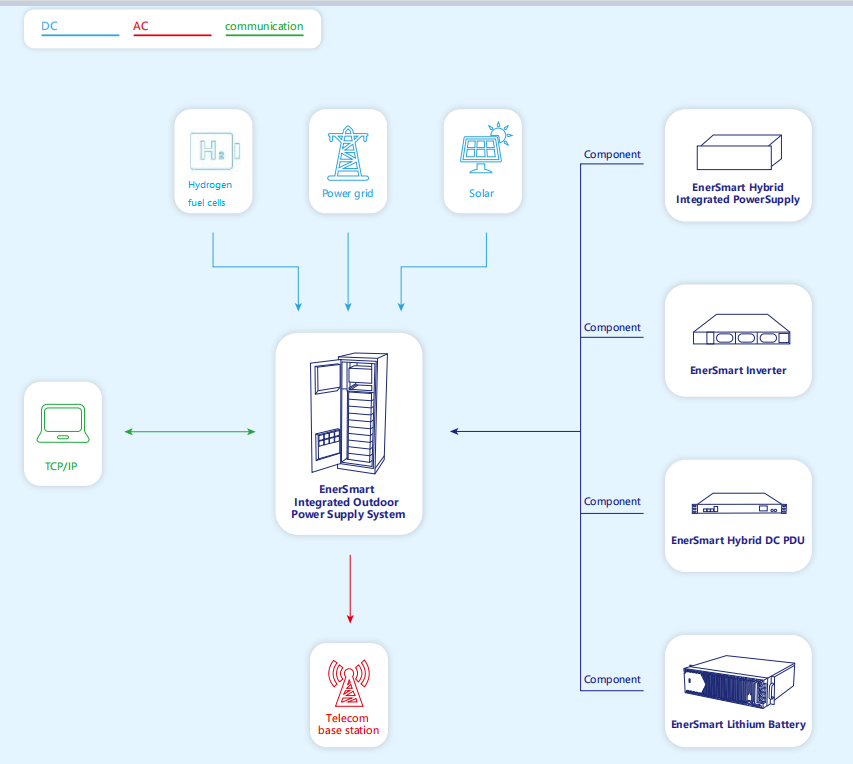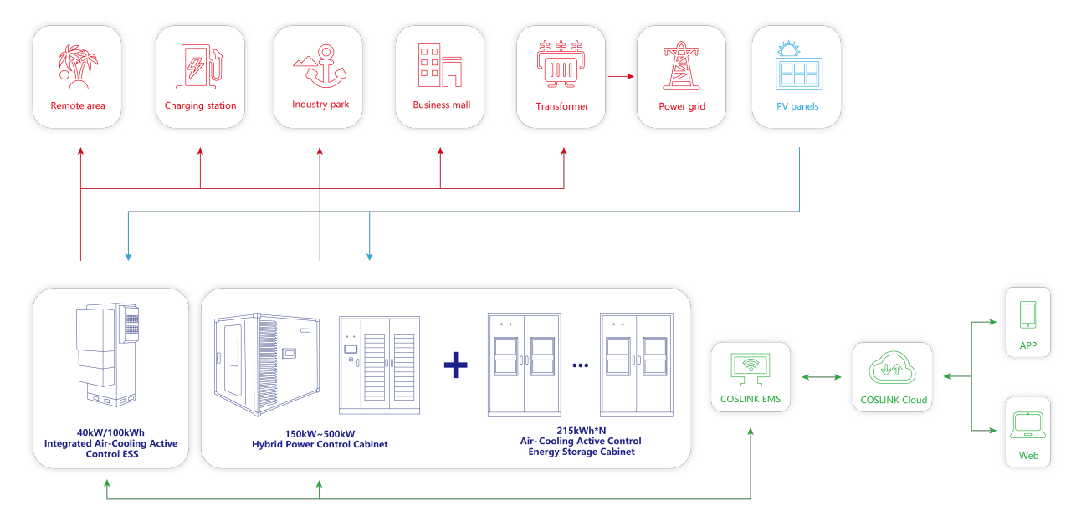-
Global
Global
Oct 31, 2024 View: 1
Several countries around the world have set climate goals of "carbon neutrality," and the development of renewable energy, particularly solar power, has become a global consensus. According to the International Renewable Energy Agency (IRENA) in its "World Energy Transition Outlook," under the 1.5°C scenario, renewable energy installation capacity needs to exceed 1,000 GW by 2030, with solar and wind power accounting for about 90% of the new renewable energy generation capacity. In 2023, global solar power installations exceeded 390 GW, with China contributing 216 GW and exporting 130 GW, which accounts for approximately 88% of the global module market share.
The integration of large-scale renewable energy generation into the grid has led to rapid growth in the energy storage industry worldwide. In 2023, the global energy storage market nearly doubled, and it is expected that by the end of 2027, global energy storage capacity will surpass 100 GWh for the first time.
Since 2023, several factors, including unexpected price declines of upstream raw material, rapid capacity release, and accelerated technological advancements, have led to a continuous decrease in the bidding prices for energy storage battery systems. By December 2023, the average bidding price for lithium battery energy storage systems in China had fallen below 0.8 CNY/Wh (for 2 hours), while the bidding price for centralized storage projects had already reached 0.6 CNY/Wh (for 2 hours) ahead of schedule in 2024. Based on a price of 0.6 CNY/Wh and a cycle life of 10,000 times, the levelized cost of electricity for lithium battery storage is estimated at 0.3 CNY/kWh, making it feasible for large-scale commercialization.

As an important application area for energy storage, communication/telecom base stations are attracting increasing investment interest. The necessity for energy storage development in communication base stations stems from several significant challenges in their power supply construction:
The power demand is growing fast, and the transformer and power supply capacity are insufficient.
The increase in equipment has led to insufficient space in the indoor data room, and the temperature control needs to be upgraded.
The data room/data center's is not able to bear a larger load weight so it is impossible to expand the battery with a larger capacity, and the lead-acid battery cannot be expanded due to its technical nature.
The power conversion efficiency of the computer room is low, and the air conditioning energy consumption is high.
Multiple power systems operate independently, and new energy sources are difficult to be added to.
Intelligent management and collaborative work of the existing network power supply is hard to realize. Many sites even don't have dynamic environment monitoring and cannot be remotely controlled.
In order to cope with various base station energy storage scenarios, COSLINK deeply explores the pain points of customers in various types of scenarios and provides various, innovative and customized solutions.
Solution 1: Conventional base stations + solar/wind/hydrogen/battery

Advantages:
Smart air-conditioning: From in-door installation changed to outdoor cabinet installation, the product can precisely control the air conditioning component according to the temperature levels of temperature-sensitive device.
Intelligent control of charging and discharging, allowing for peak-shaving and peak-shifting to ensure power supply stability.
Support of multiple power inputs: photovoltaic, wind power, power grid, fuel cells
Solution 2: Core data rooms with active-control and flexible energy storage solution

Advantages:
Peak-valley arbitrage for reduced electricity bills
Flexible allocation for easy power utilization
Peak-shifting for smart load adjustment
If you want to know more about the types of base station energy storage solutions and advantages, please contact us:
sales@coslinkess.com
0755-29691626
